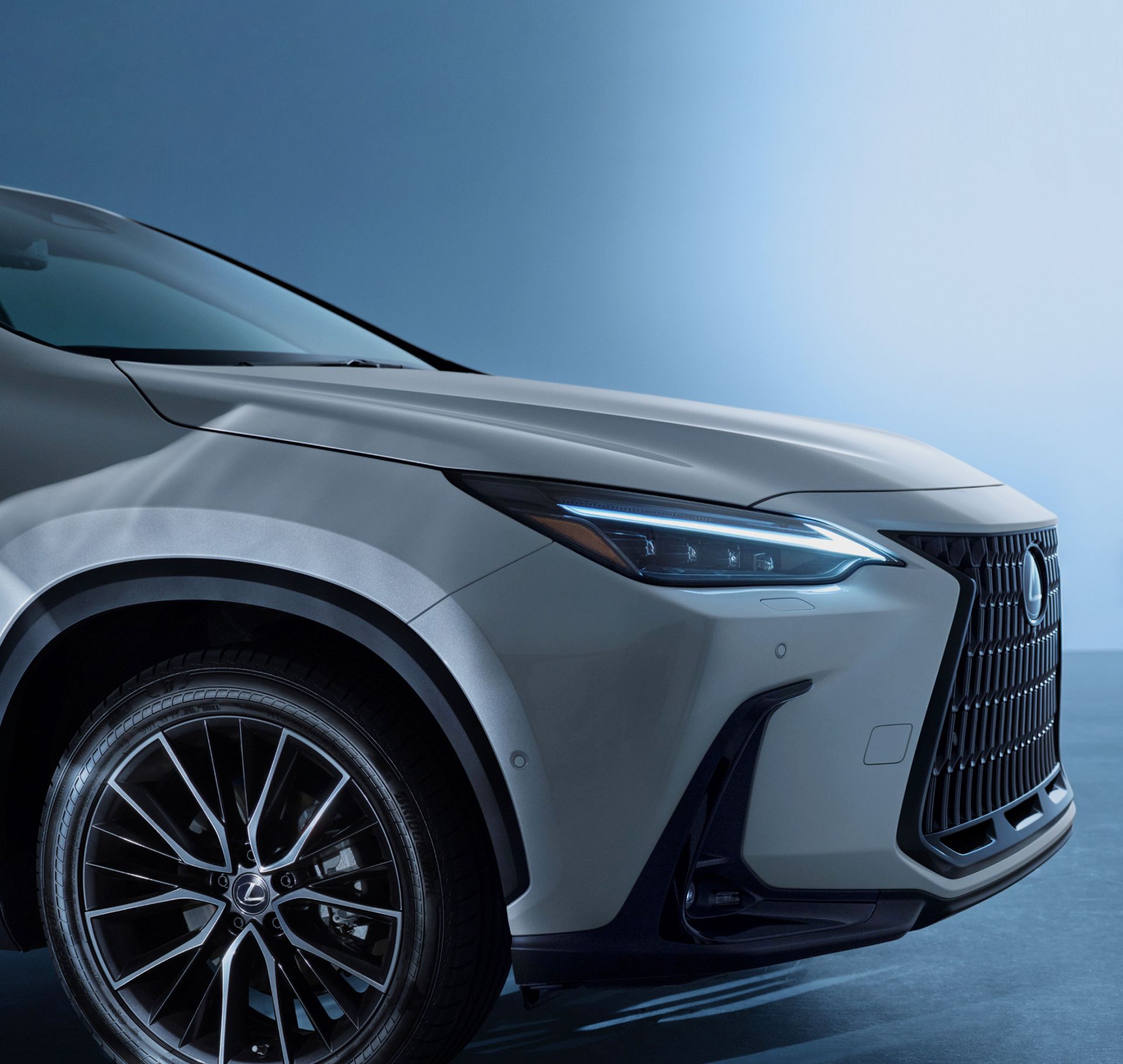Featured
- The Evolution of CMF Design
Lexus designers break boundaries to elevate the luxury experience by crafting emotional sensorial experiences with the thoughtful use of color, material and finish.
- Lexus Electrified: A Bold New Direction
Since 2005, Lexus has been at the forefront of pioneering electrification in the luxury market.



